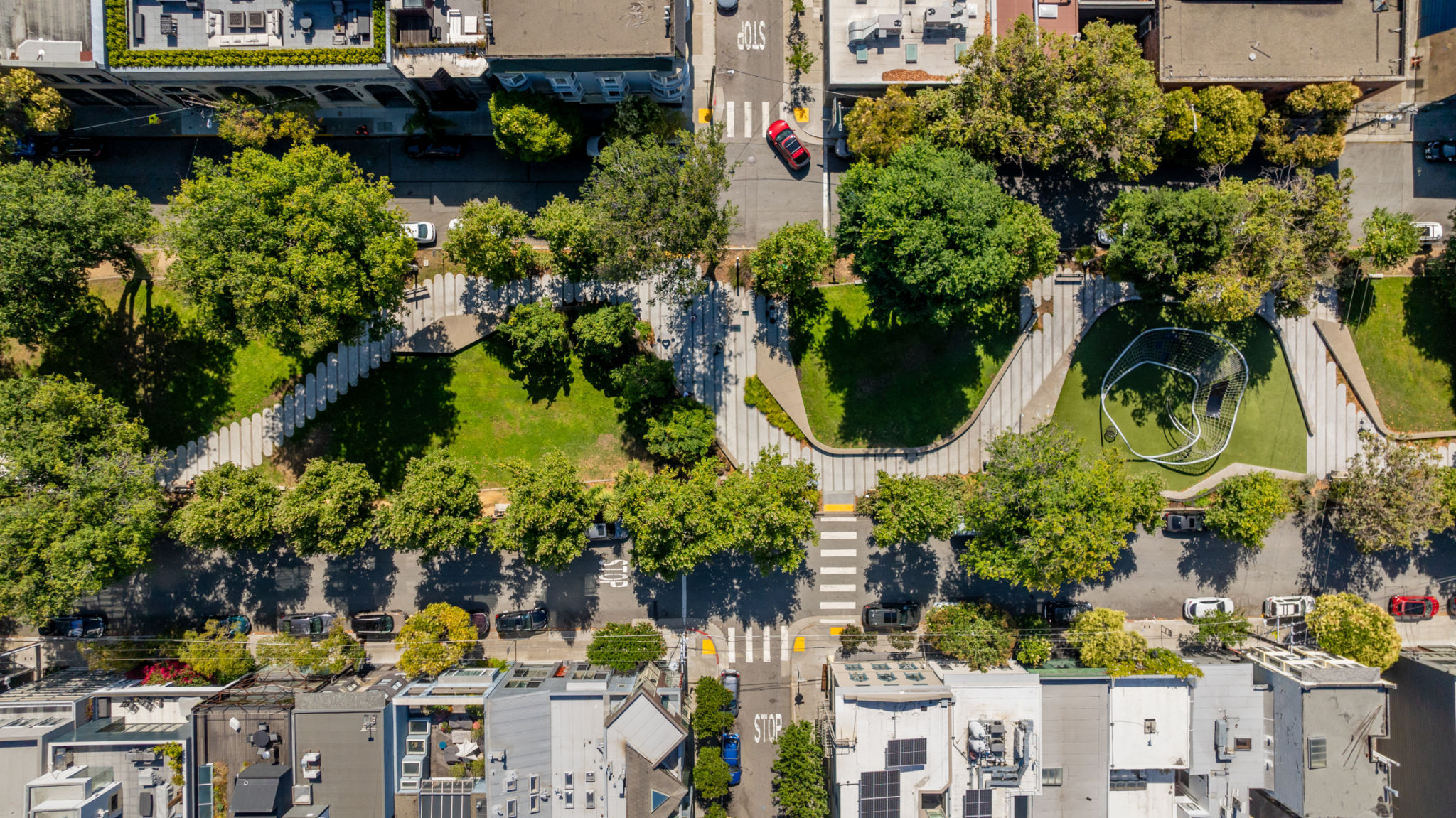The Environmental Impact of Green Sculptures: A Closer Look
Understanding Green Sculptures
Green sculptures, often referred to as living sculptures, are innovative artworks that combine natural elements with artistic design. These sculptures typically involve plants, moss, or other organic materials integrated into their structure, creating a living piece of art. With the growing focus on sustainability and environmental conservation, green sculptures have gained popularity for their ability to merge creativity with ecological benefits.

The Environmental Benefits of Green Sculptures
Improving Air Quality
One of the most significant environmental advantages of green sculptures is their ability to improve air quality. Plants used in these sculptures absorb carbon dioxide and release oxygen, contributing to cleaner and fresher air. This process not only helps reduce pollution but also supports urban areas in mitigating the effects of greenhouse gases.
Enhancing Biodiversity
Green sculptures serve as mini-ecosystems, providing habitats for various species. Birds, insects, and small mammals often find refuge in these structures, enhancing urban biodiversity. By supporting local wildlife, green sculptures play a crucial role in maintaining ecological balance within city landscapes.

The Aesthetic and Functional Role
Urban Beautification
In addition to their environmental benefits, green sculptures contribute significantly to urban beautification. These organic artworks offer a refreshing contrast to concrete and steel structures, adding color and life to urban environments. By incorporating nature into cityscapes, green sculptures help create more inviting and vibrant public spaces.
Temperature Regulation
Green sculptures also play a part in temperature regulation. The plants used in these installations can help cool surrounding areas through the process of transpiration. This natural cooling effect can reduce the urban heat island phenomenon, making cities more comfortable during hot weather.

Challenges and Considerations
Maintenance and Upkeep
While the benefits of green sculptures are numerous, they do come with challenges. Regular maintenance is essential to ensure the health and longevity of the plants involved. This maintenance includes watering, pruning, and occasionally replacing plants, which may require significant resources and expertise.
Structural Limitations
The structural integrity of green sculptures must be carefully considered during their design and installation. The weight of soil and plants can pose challenges, especially for larger installations. Architects and artists must collaborate to ensure these structures are safe and sustainable over time.
The Future of Green Sculptures
As cities continue to grow and evolve, the integration of nature into urban planning becomes increasingly vital. Green sculptures represent a harmonious blend of art, nature, and sustainability, offering a glimpse into the future of urban design. With continued innovation and support, these living artworks have the potential to transform cityscapes around the world.